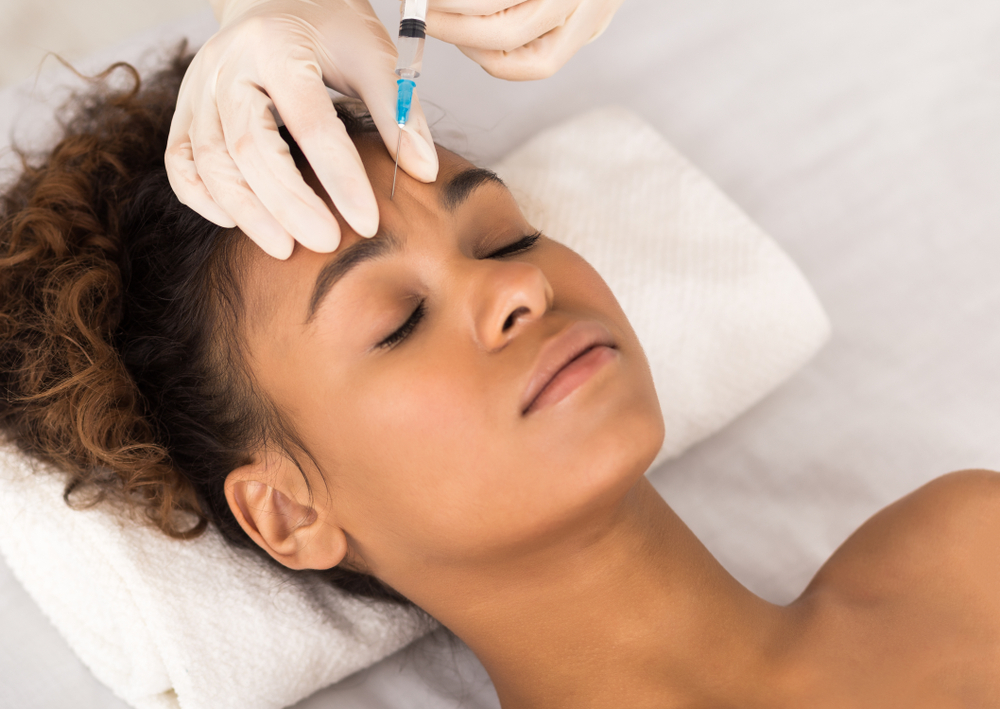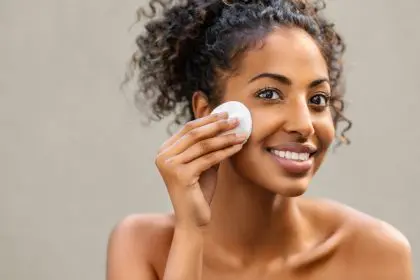The beauty industry continues to evolve with non-invasive treatments leading the charge against visible signs of aging. Botox stands at the forefront of this revolution, offering a solution for those seeking to minimize deep facial lines without surgery. Understanding five key aspects of this treatment helps individuals make informed decisions about their cosmetic care while navigating the complexities of modern aesthetic medicine.
The science of muscle relaxation
Botulinum toxin, commonly known as Botox, works by temporarily relaxing facial muscles that create wrinkles. Medical professionals explain that repeated muscle movements from everyday expressions gradually form deep lines in the skin. The treatment specifically targets these muscle groups, preventing contractions that contribute to visible aging signs.
Unlike dermal fillers that add volume beneath the skin, Botox focuses on muscle activity reduction. This mechanism makes it particularly effective for dynamic wrinkles – those that appear with facial expressions, such as crow’s feet and forehead lines. Dermatologists note that understanding this distinction helps set realistic expectations for treatment outcomes.
The treatment works at a neuromuscular level, blocking signals between nerves and muscles. This precise targeting allows for strategic muscle relaxation while maintaining natural facial movement. Aesthetic specialists emphasize that successful treatment requires deep understanding of facial anatomy to achieve optimal results without compromising expression.
Quick treatment process
The procedure’s efficiency attracts many busy professionals seeking minimal downtime. A typical Botox session requires only 10 to 15 minutes, involving precise injections into targeted facial areas. Medical practitioners describe the sensation as mild discomfort, comparable to a quick pinch.
Most patients return to regular activities immediately after treatment, though doctors recommend avoiding strenuous exercise for 24 hours. This convenience factor contributes significantly to the procedure’s popularity among those maintaining active lifestyles.
The treatment process begins with a thorough facial assessment to identify optimal injection points. Practitioners carefully map these locations, considering individual facial structure and movement patterns. This preparation ensures precise delivery and optimal results. Many clinics now offer digital mapping technology to enhance accuracy and track treatment progress over time.
Temporary results and maintenance
Results from Botox treatment typically emerge within three to seven days post-procedure. Medical experts indicate that effects last approximately three to four months, gradually diminishing as the body metabolizes the protein. This temporary nature requires ongoing maintenance for continued results.
Regular treatments often yield cumulative benefits. Aesthetic specialists observe that consistent applications can help prevent new line formation by limiting repetitive muscle movements over time. This preventive aspect makes Botox both a corrective and protective measure against visible aging signs.
Long-term users often report needing less frequent treatments as muscles become conditioned to reduced movement patterns. However, individual responses vary based on factors such as metabolism, lifestyle, and skincare routines. Some patients combine Botox with complementary treatments like skincare products or facial exercises to enhance and prolong results.
Customized treatment approach
Medical professionals emphasize that Botox treatment success relies heavily on personalized approaches. Facial structure, wrinkle depth, skin elasticity, and overall health influence treatment suitability. Some individuals may benefit more from alternative treatments based on their specific concerns.
Shallow lines often respond better to less invasive options like topical treatments or microneedling. Static wrinkles – those visible even without facial movement – might require dermal fillers for optimal improvement. Professional consultation helps determine the most effective approach for individual cases.
Treatment plans often evolve over time as skin ages and needs change. Practitioners regularly adjust dosing and injection patterns to maintain natural-looking results. This dynamic approach ensures that treatment continues to meet changing aesthetic goals while adapting to aging patterns.
Safety considerations
The importance of choosing qualified practitioners cannot be overstated. Board-certified dermatologists and plastic surgeons bring essential expertise to Botox administration, minimizing risks of complications such as asymmetry or unwanted muscle effects.
While generally safe, patients might experience temporary side effects including mild swelling, bruising, or headaches. These typically resolve within days. Medical history disclosure and open communication with providers help ensure optimal outcomes and reduced risk factors.
Safety protocols include thorough pre-treatment screening for contraindications and detailed post-care instructions. Practitioners maintain comprehensive records of treatment responses and adjust future sessions accordingly. Modern injection techniques and precise dosing calculations further enhance safety profiles.
Recent advances in Botox formulation and delivery methods continue improving treatment safety and efficacy. Ongoing research explores new applications and refinements in technique. These developments help practitioners offer increasingly sophisticated and personalized treatment options.
Making informed decisions
Choosing to pursue Botox treatment requires careful consideration of all aspects discussed above. The treatment’s effectiveness in addressing deep facial lines continues to make it a popular choice in aesthetic medicine. However, success depends on understanding its mechanisms, limitations, and maintenance requirements.
Working with qualified professionals ensures not only optimal results but also comprehensive care throughout the treatment journey. As aesthetic medicine advances, new techniques and applications emerge, offering increasingly refined options for those seeking facial rejuvenation.
The decision to pursue Botox treatment remains personal, but armed with knowledge about its science, process, duration, customization, and safety considerations, individuals can make confident choices about their aesthetic care. For many, the combination of convenience, effectiveness, and proven safety record makes Botox a valuable tool in maintaining a refreshed, natural-looking appearance.
This story was created using AI technology.












